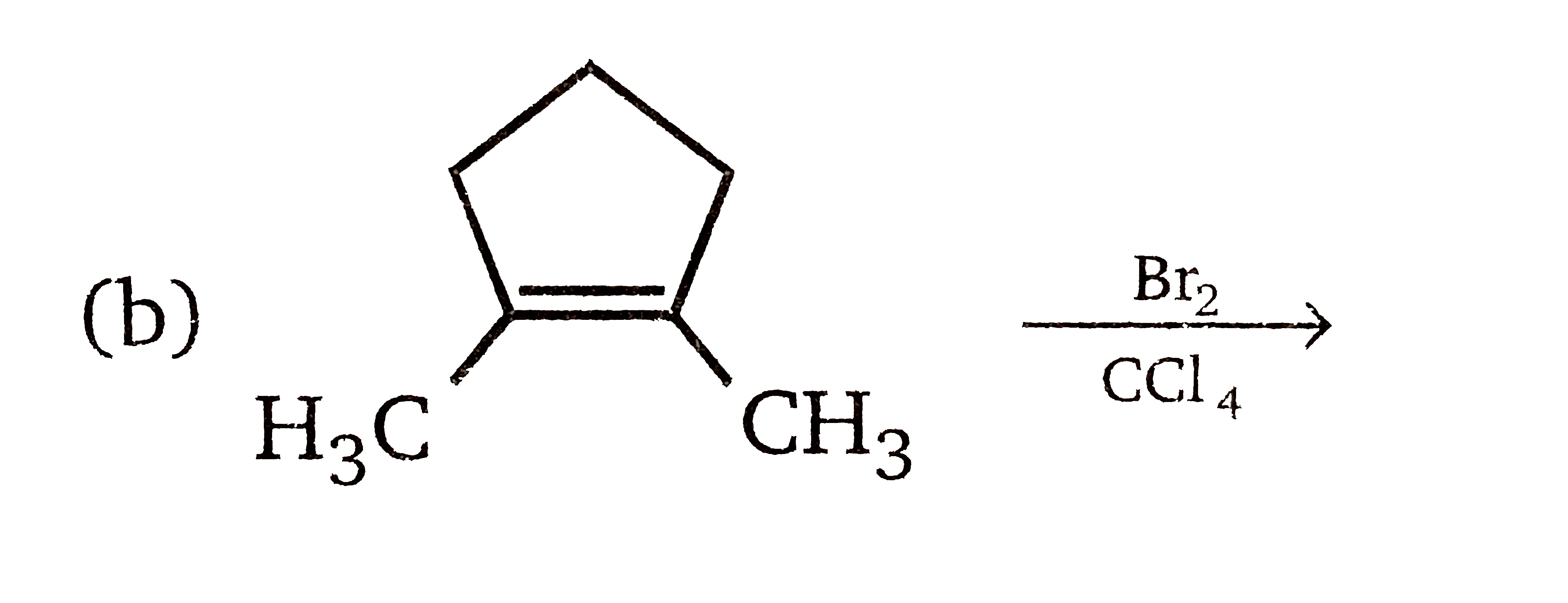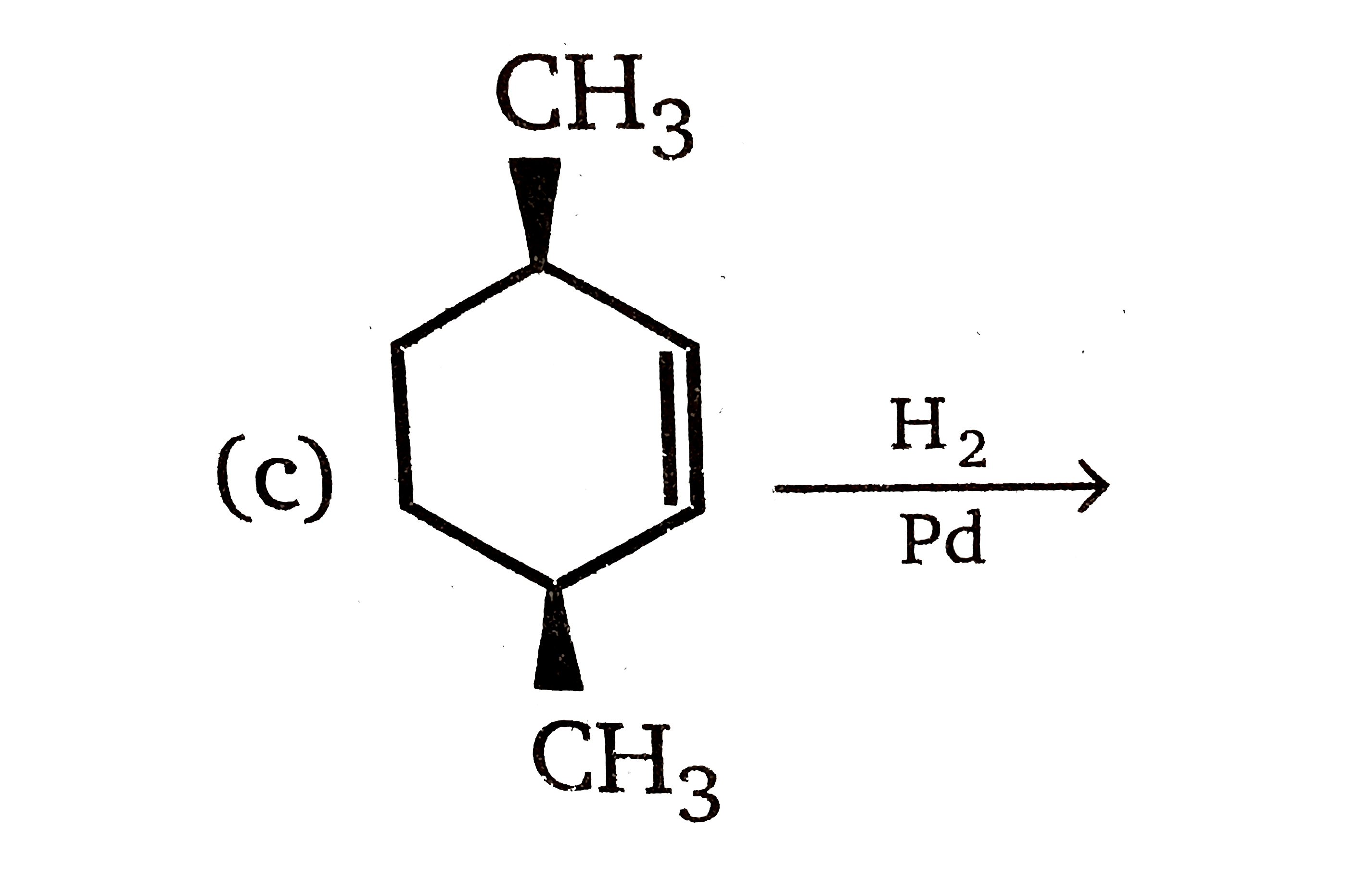In which of the following reactions, will the equilibrium mixture contain an appreciable concentration of both reactants and products.
Cl2(g)⇔2Cl(g),Kc=6.4×10−39
Cl2(g)+2NO(g)⇔2NOCl(g)Kc=3.7×108
Cl2(g)+2NO2(g)⇔2NO2Cl(g),KC=1.8
H2(g)+S(s)⇔H2S(g),K=7.8×105
The correct Answer is:C
To determine in which of the given reactions the equilibrium mixture will contain an appreciable concentration of both reactants and products, we need to analyze the equilibrium constant (Kc) values provided for each reaction. The Kc value indicates the ratio of the concentrations of products to reactants at equilibrium and helps us understand the position of equilibrium.
1. Understand the Concept of Kc:
- The equilibrium constant (Kc) is a numerical value that reflects the ratio of the concentrations of products to reactants at equilibrium.
- A high Kc value (much greater than 1) indicates that the products are favored, while a low Kc value (much less than 1) indicates that the reactants are favored.
2. Analyze Each Kc Value:
- Reaction 1: Kc = 6.4 x 10^-39
- This value is very small, indicating that the equilibrium will favor the reactants. Thus, the concentration of products will be negligible.
- Reaction 2: Kc = 3.7 x 10^8
- This value is very high, indicating that the equilibrium will favor the products. The concentration of reactants will be negligible.
- Reaction 3: Kc = 1.8
- This value is close to 1, suggesting that both reactants and products will be present in significant amounts at equilibrium.
- Reaction 4: Kc = 7.8 x 10^5
- This value is also high, indicating that the equilibrium will favor the products, and the concentration of reactants will be negligible.
3. Conclusion:
- From the analysis, only Reaction 3 (Kc = 1.8) has a Kc value around 1, which indicates that both reactants and products will be present in appreciable concentrations at equilibrium.
Final Answer:
The equilibrium mixture will contain appreciable concentrations of both reactants and products in Reaction 3.
- The equilibrium constant (Kc) is a numerical value that reflects the ratio of the concentrations of products to reactants at equilibrium.
- A high Kc value (much greater than 1) indicates that the products are favored, while a low Kc value (much less than 1) indicates that the reactants are favored.
- Reaction 1: Kc = 6.4 x 10^-39
- This value is very small, indicating that the equilibrium will favor the reactants. Thus, the concentration of products will be negligible.
- Reaction 2: Kc = 3.7 x 10^8
- This value is very high, indicating that the equilibrium will favor the products. The concentration of reactants will be negligible.
- Reaction 3: Kc = 1.8
- This value is close to 1, suggesting that both reactants and products will be present in significant amounts at equilibrium.
- Reaction 4: Kc = 7.8 x 10^5
- This value is also high, indicating that the equilibrium will favor the products, and the concentration of reactants will be negligible.
- From the analysis, only Reaction 3 (Kc = 1.8) has a Kc value around 1, which indicates that both reactants and products will be present in appreciable concentrations at equilibrium.
The equilibrium mixture will contain appreciable concentrations of both reactants and products in Reaction 3.
Topper's Solved these Questions
- BOOK - NARAYNACHAPTER - CHEMICAL EQUILIBRIUMEXERCISE - Exercise -I (H.W.)51videos
CHEMICAL EQUILIBRIUM
- BOOK - NARAYNACHAPTER - CHEMICAL EQUILIBRIUMEXERCISE - Exercise -II (C.W.)51videos
CHEMICAL EQUILIBRIUM
- BOOK - NARAYNACHAPTER - CHEMICAL EQUILIBRIUMEXERCISE - C.U.Q.50videos
CHEMICAL EQUILIBRIUM
- BOOK - NARAYNACHAPTER - CHEMICAL BONDING AND MOLECULAR STRUCTUREEXERCISE - EXERCISE -454videos
CHEMICAL BONDING AND MOLECULAR STRUCTURE
- BOOK - NARAYNACHAPTER - CLASSIFICATION OF ELEMENTS AND PERIODICITY EXERCISE - EXERCISE - 417videos
CLASSIFICATION OF ELEMENTS AND PERIODICITY
Similar Questions
For which of the following reactions will the equilibrium mixture contain an appreciable concentration of both reactants and products ?
(a) Cl2(g)⇔2Cl(g),Kc=6.4×x10−39
(b) Cl2(g)+2NO(g)⇔2NOCl(g),Kc=3.7x×108
(c) Cl2(g)+2NO2(g)⇔2NO2Cl(g),Kc=1.8View SolutionWhen the equilibrium is attained, the concentration of each of the reactants and products becomes equal.
View Solution
Knowledge Check
- Question 1 - Select One
In which of the following reactions, the equilibrium constant will have no units of concentration ?
ANO(g)⇔12N2(g)+12O2(g)BH2(g)+I2(g)⇔2HI(g)CCO(g)+H2O(g)⇔CO2(g)+H2(g)DIn all of the above reactions. - Question 2 - Select One
For which of the following reaction does the equilibrium constant depend on the units of concentration
ANO(g)⇔12N2(g)+12O2(g)BZn(s)+Cu2+(aq)⇔Cu(s)+Zn2+(aq)CC2H2OH(l)+CH3COOH(l)⇔CH3COOC2H5(l)+H2O(l) (Reaction carried in an inert solvent)DCOCI2(g)⇔(CO(g)+CI2(g) - Question 3 - Select One
Product of which of the following reactions, is racemic mixture?
A B
B C
C D
D
Which of the following reaction will not form racemic mixture as product?
View SolutionFor which of the following reaction does the equilibrium constant depend on the units of concentration?
View SolutionWhich of the following reactions gives a mixture of products?
View SolutionAssertion : The equilibrium constant for the reverse reaction is equal to the inverse of the equilibrium constant for the forward reaction .
Reason : The value of equilibrium constant is independent of initial concentrations of the reactants and products.View SolutionIn which of the following reactions, the concentration of product is higher than the concentration of reactant at equilibrium? (K = equilibrium constant)
View Solution

